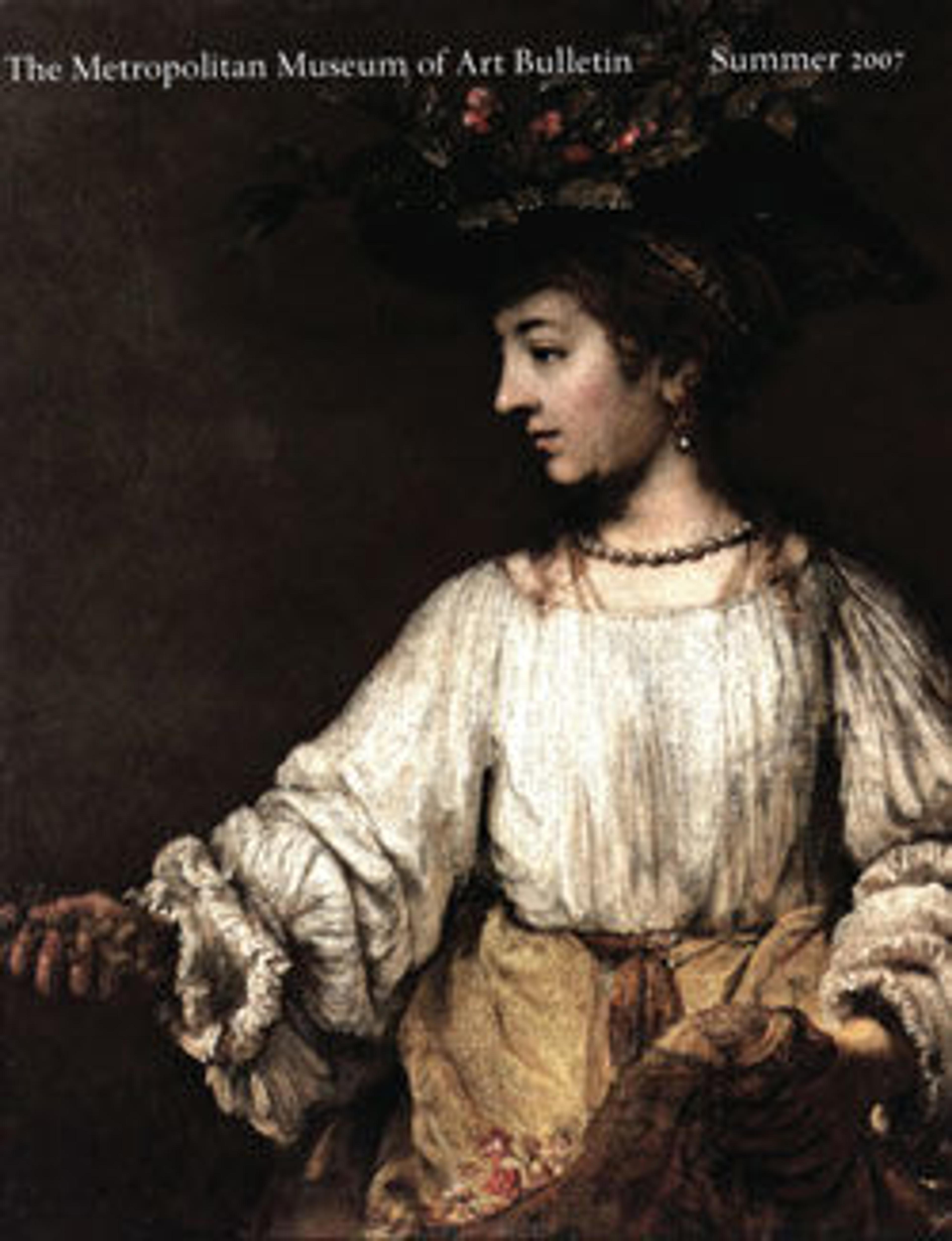The Preaching of John the Baptist
This well-preserved picture by Breenbergh, a pioneer of Italianate landscape painting, dates from a few years after his return from Rome to Amsterdam. The subject of Saint John preaching in the wilderness was often employed by Dutch artists as an analogy to Protestant worship when the Netherlands was still ruled by Catholic Spain.
Artwork Details
- Title: The Preaching of John the Baptist
- Artist: Bartholomeus Breenbergh (Dutch, Deventer 1598–1657 Amsterdam)
- Date: 1634
- Medium: Oil on wood
- Dimensions: 21 1/2 x 29 5/8 in. (54.6 x 75.2 cm)
- Classification: Paintings
- Credit Line: Purchase, The Annenberg Foundation Gift, 1991
- Object Number: 1991.305
- Curatorial Department: European Paintings
More Artwork
Research Resources
The Met provides unparalleled resources for research and welcomes an international community of students and scholars. The Met's Open Access API is where creators and researchers can connect to the The Met collection. Open Access data and public domain images are available for unrestricted commercial and noncommercial use without permission or fee.
To request images under copyright and other restrictions, please use this Image Request form.
Feedback
We continue to research and examine historical and cultural context for objects in The Met collection. If you have comments or questions about this object record, please contact us using the form below. The Museum looks forward to receiving your comments.
